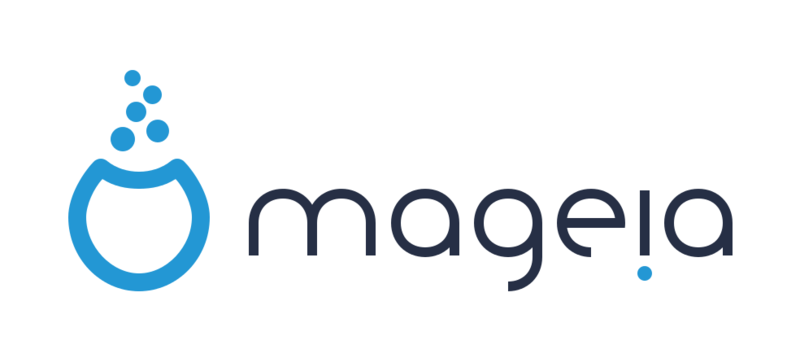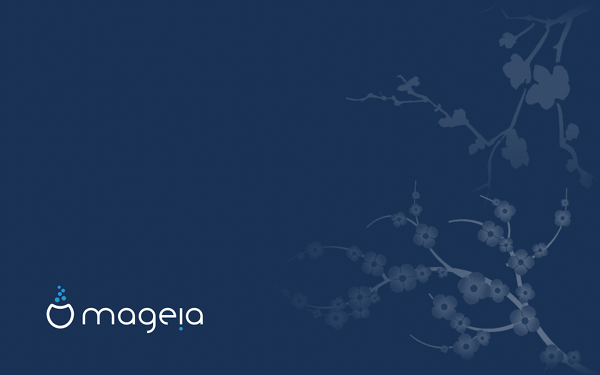Mageia 4

Mageia is a Linux distribution, founded in 2010 by former Mandriva employees. The distribution was created as a fork Mandriva and has much in common with its ancestor. Unlike Mandriva, this is a non-profit distribution and is developed by the community.
The main working environment is KDE. There is a version with GNOME, as well as in the repositories and on DVD with its forks - Mate and Cinnamon. There is a graphical configurator that allows you to configure the system without having to go to the console.
')
New versions of the distribution are released about once every 9 months. For those who need rolling-release - there is a Cauldron branch that is being developed, which is constantly updated with new versions of programs.
Today came the fourth version of Mageia.
Innovations
Let's see what's new.
Basic system:
- New welcome screen for the first boot of Mageia Welcome . It can also install and run popular programs and codecs.
- Network interfaces are now named according to the new scheme , which appeared in systemd v197.
- The kernel has been updated to version 3.12.
- Mesa 10.0.2 with support for OpenGL 3.3 and DRI3.
- Experimental support for UEFI.
- systemd version 208.
- X.org server updated to version 1.14.5.
- Autocompletion for Bash is set by default.
- Most of the configuration tools are ported to Gtk + -3. They also now use polkit authentication.
- Support screen resolution FullHD +.
- New wallpaper.
Work environments:
- KDE SC 4.11
- GNOME 3.10, Mate 1.6 and Cinnamon 2.0
- LXDE 0.5.5
- XFCE 4.10
- RazorQt 0.5.3
Applications and development tools:
- Firefox ESR 24
- Chromium 31
- LibreOffice 4.1.3.2
- GCC 4.8.2
- Clang 3.3
- Qt 5.2.0 and 4.8.4; QtCreator 3.0
A more detailed list of updated programs can be found here .

Such images are available for download:
- LiveDVD 1.4 GB for KDE and GNOME
- LiveCD for KDE and GNOME
- installation DVD
- images for network installation
Images are hybrid and can be recorded on a USB flash drive. Download page.
Additional Information
Distribution repository is divided into three groups:
- Core - free software
- Non-free - non-free software
- Tainted - free software that may have problems with patents (codecs, etc.)
By default, only Core is enabled. You can connect the rest and update the system, after which all necessary codecs will be installed, more complete versions of some libraries will be installed, etc.
Additional Information:
Source: https://habr.com/ru/post/211090/
All Articles